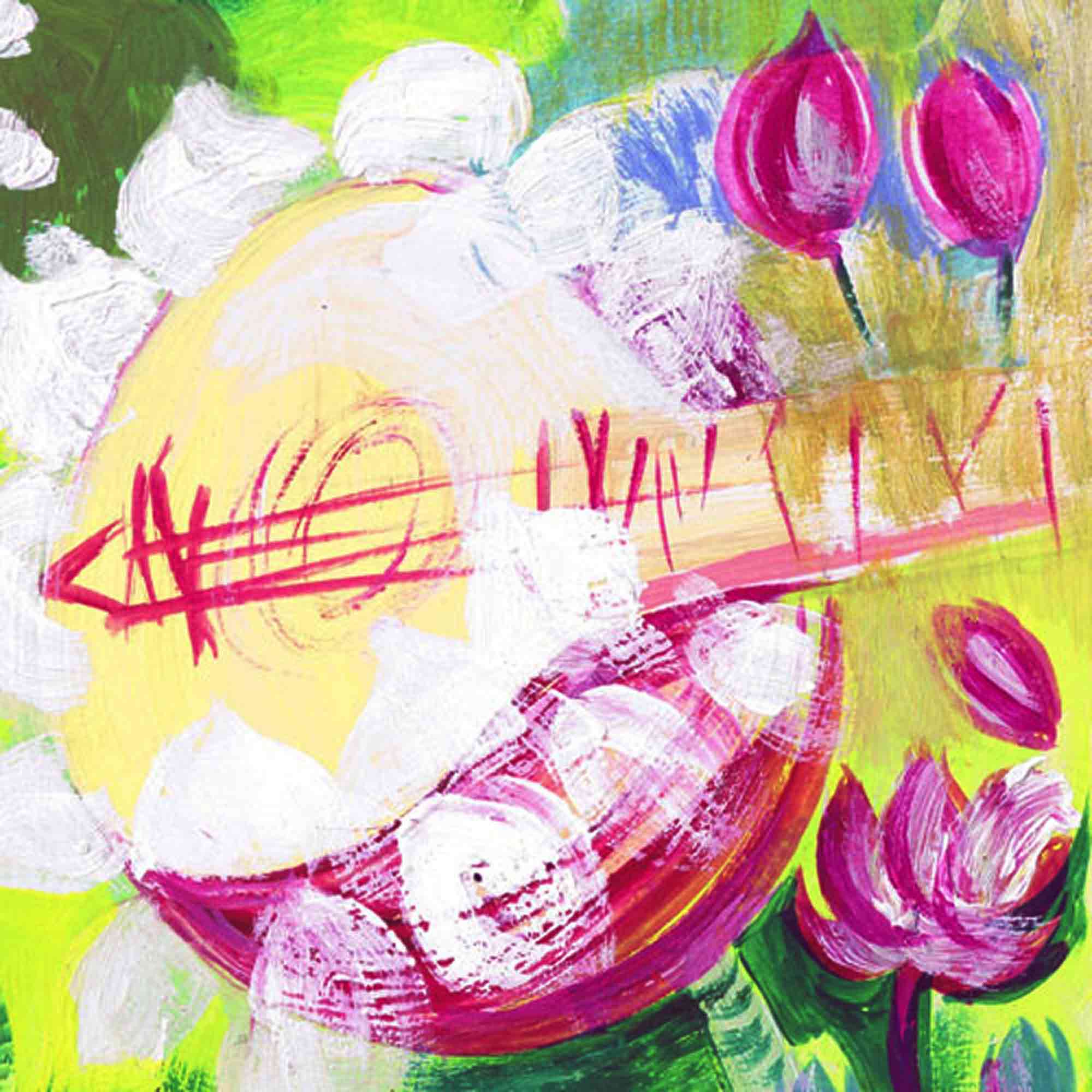
In their 1930 discussion, Rabindranath Tagore and Albert Einstein sought to overcome the predicament that “really good music, whether of the East or of the West, cannot be analyzed [Einstein] … and what deeply affects the hearer is beyond himself [Tagore]”
It is in this spirit of learning from one another that we invite fellow musicians and educators to join us; each pursuing his or her quest for the “treasure which is our own” (Zimmer), irrespective of our cultural roots.
As initiators of AIUME, we invite all members of the teaching community to resist compartmentalisation of the arts in general (Coomaraswamy) when they have the potential to transcend discrimination based on ethnicity, gender issues or sectarian beliefs.
“The rhythmic, breathing quality of form is the test of a work of art”
– Stella Kramrisch
Recommended reading
- Coomaraswamy, Ananda K. The Transformation of Nature in Art. New Delhi: Munshiram Manoharlal, 2004.
- Kramrisch, Stella. The Art of India: Traditions of Indian Sculpture, Painting and Architecture. London: The Phaidon Press (2nd ed.) 1955.
- Dutta, Krishna and Andrew Robinson (eds.). Rabindranath Tagore: an anthology. London: Picador, 1997.
- Zimmer, Heinrich and Campbell, Joseph (Editor). Myths and Symbols in Indian Art and Civilization. Bollingen Series VI, Princeton University Press. Princeton, 1946/1972.
More on and by Rabindranath Tagore >>
Listen to Tagore: Unlocking Cages: Sunil Khilnani tells the story of the Bengali writer and thinker Rabindranath Tagore: https://bbc.in/1KVh4Cf >>
The acclaimed BBC 4 podcast series titled Incarnations: India in 50 Lives has also been published in book form (Allen Lane).
“I was moved by how many of these lives pose challenges to the Indian present,” he writes, “and remind us of future possibilities that are in danger of being closed off.”1
- Sunil Khilnani quoted in a review by William Dalrymple in The Guardian, 14 March 2016[↩]
